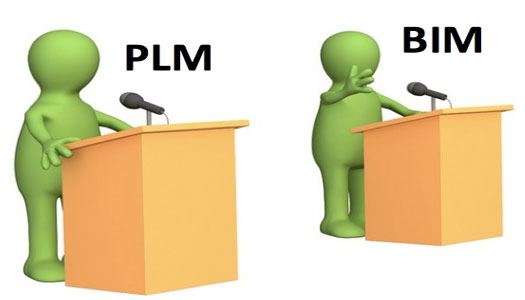In fact, PLM and BIM domains are moderately self-reliant. Previously the construction companies maintain PLM towards systemizing the data alias model for a mutual understanding connecting various project stakeholders.
Construction companies may be reluctant to employ a PLM system because authorship of data remains indistinguishable in comparison with manufacturing companies every regulation or department in PLM should be another company within the construction industry.
Collaboration of Data amid people with diverse authorship and the intention for working with data is something that can make awareness for PLM and BIM. Simultaneously there may be several differentiations.
Considering technology and data deliveries, we are now adopting new technology for storing data in the cloud. Large numbers of data can perish in the future with single collaborative cloud data platform for performing diversified calculations and procedures.
So the technology skilled people will embrace PLM and BIM to take the advantage for an extended integrated platform. At the same time there exits several discriminations concerning data, terminology, processing and more.
So you have to get some clear ideas on what are most significant 3 common similarities and dissimilarities of PLM and BIM.
Top 3 similarities:
Top 3 differentiations:
Conclusion: There may be some similarities regarding tech and computing infrastructure in the future between PLM and BIM implementations. As we adopt cloud based solution, there may be some reprocesses for sharing of multidisciplinary solutions with data management, project organization, visualization, mobile access, etc. However, both manufacturing (PLM) and construction (BIM) industries will maintain particular data organization, processes and terminological distinctions that can lead to diversity in solution delivery.
